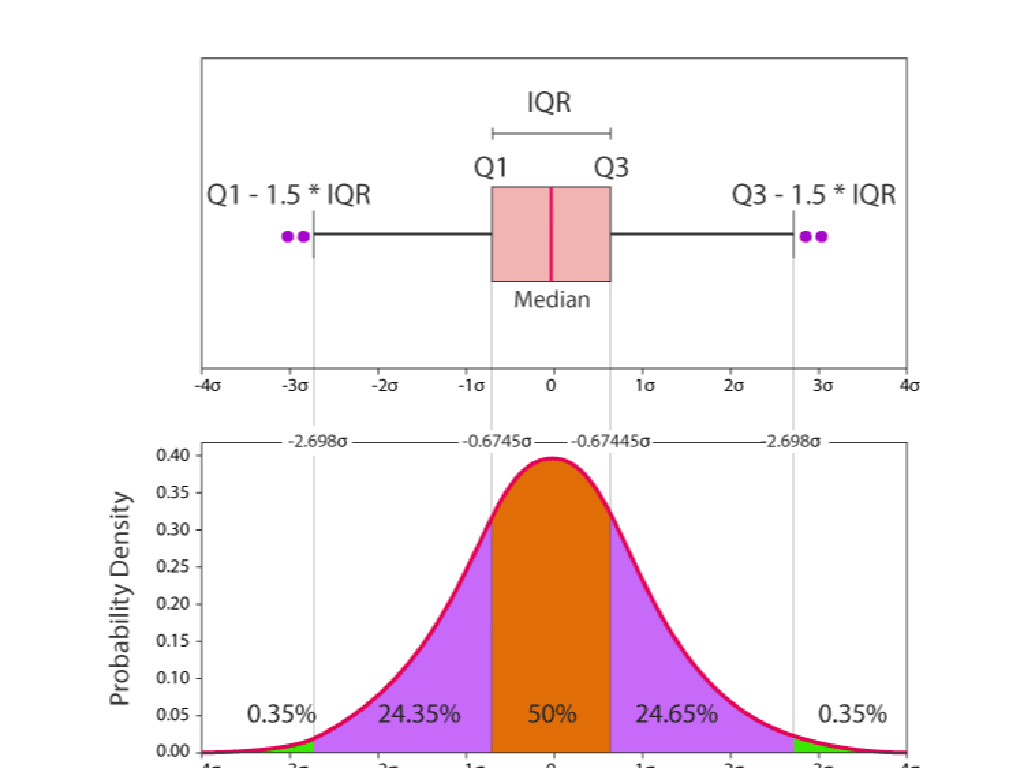Medieval Japan
Subject: Social studies
Grade: Sixth grade
Topic: Medieval Asia
Please LOG IN to download the presentation. Access is available to registered users only.
View More Content
Exploring Medieval Japan
– Introduction to Medieval Asia
– Timeline: 1185-1603 AD
– The Kamakura to Azuchi-Momoyama periods
– Significance of studying Medieval Japan
– Learn about historical influences on modern Japan
– Insights into Japanese culture
– Explore samurai, shoguns, and cultural developments
|
This slide introduces students to the fascinating era of Medieval Japan, a significant period in Asian history. It spans from the Kamakura period, starting in 1185, through the Azuchi-Momoyama period, ending in 1603. Understanding this timeline is crucial as it marks the emergence of the samurai class, the establishment of shogunate governments, and significant cultural developments. Studying Medieval Japan helps students appreciate the historical roots of many modern Japanese traditions and societal structures. It also provides insights into the evolution of Japanese culture, including art, literature, and social hierarchy. Encourage students to think about how history shapes a country’s identity and to be curious about the connections between past and present.
Geography of Japan: Island Nation
– Japan: An archipelago
– Consists of four main islands: Honshu, Hokkaido, Kyushu, Shikoku
– Mountains and natural barriers
– Terrain is mountainous, creating isolated regions
– Seas shaping Japanese life
– The sea provides food, trade routes, and influences culture
– Adaptation to geography
|
This slide introduces students to the geographical setting of Medieval Japan, emphasizing its nature as an island nation composed of four main islands. Highlight the impact of mountainous terrain on the development of isolated communities and how natural barriers influenced social and political structures. Discuss the integral role of the sea in Japanese life, providing resources and opportunities for trade, while also shaping cultural practices and traditions. Encourage students to think about how living on an island might influence their own daily lives, drawing parallels to Japan’s historical adaptation to its geography.
Feudal System in Medieval Japan
– What is Feudalism?
– A social system with ranks based on land ownership and loyalty.
– Hierarchy: Emperor to Peasants
– Emperor at top, followed by Shogun, Daimyo, Samurai, and Peasants at bottom.
– Samurai: Roles and Lives
– Samurai were warriors who followed Bushido and protected the Daimyo.
– Daily Life of a Peasant
– Peasants worked the land and supported the higher classes.
|
Feudalism was the social and economic structure that governed Medieval Japan. This slide will explain the concept and the roles within the feudal hierarchy, emphasizing the Emperor’s symbolic power, the Shogun’s military control, the Daimyo’s land ownership, the Samurai’s warrior code, and the Peasants’ labor. Highlight the life of a Samurai, including their training, armor, and the Bushido code. Discuss the daily life of peasants, focusing on their farming duties and their role in supporting the feudal system. Encourage students to compare this system with European feudalism to enhance understanding.
Culture and Traditions of Medieval Japan
– Shinto and Buddhism in Japan
– Shinto, an indigenous faith, and Buddhism from China shaped the spiritual life.
– Haiku poetry and ink paintings
– Haiku, a form of short poetry, and sumi-e, the art of ink painting, were popular.
– The Tea Ceremony significance
– The Tea Ceremony, or ‘chanoyu’, was a ritual expressing harmony and tranquility.
– Peace symbolism in warrior society
|
This slide explores the rich cultural landscape of Medieval Japan, highlighting the interplay between religion, art, and societal values. Shintoism, deeply rooted in Japanese tradition, coexisted with Buddhism, which was imported from China, creating a unique religious tapestry. Artistic expression, particularly through haiku poetry and ink paintings, was a reflection of the natural beauty and philosophical depth of the period. The Tea Ceremony emerged as a cultural practice that embodied the ideals of peace and refinement amidst the era’s prevalent warrior ethos. Encourage students to consider how these cultural elements reflect the values and beliefs of Medieval Japan and how they continue to influence Japanese culture today.
Medieval Japan: Economy and Trade
– Rice: The foundation of agriculture
– Rice was pivotal, used as currency and for sustenance.
– International trade: China and Korea
– Trading silk, ceramics, and texts with neighboring countries.
– The art of craftsmanship
– Skilled artisans created swords, armor, and pottery.
– Local goods and commerce
– Markets thrived with the exchange of local products.
|
This slide explores the economic foundations of Medieval Japan, emphasizing the centrality of rice in agriculture, which was so important it was used as a form of currency. Highlight the significance of trade with China and Korea, where Japan exchanged goods like silk, ceramics, and philosophical texts. Discuss the skilled craftsmanship that led to the creation of items such as samurai swords, armor, and pottery, which were highly valued. Finally, touch on the bustling local markets where these goods were traded. Encourage students to think about how these economic activities might compare to modern-day practices and the importance of trade in their own lives.
Medieval Japan’s Enduring Legacy
– Samurai’s lasting influence
– Honor and discipline of Samurai still revered
– Historical ties in modern culture
– Traditions, festivals, and art forms date back to medieval times
– Medieval Japan in media
– Samurai and ninja themes common in films and games
– Understanding Japan’s past
|
This slide aims to explore the impact of Medieval Japan on contemporary society. The Samurai, with their strict code of honor and discipline, have left a lasting legacy that influences modern Japanese values and martial arts. Students should see how historical ties are evident in today’s cultural practices, such as tea ceremonies and calligraphy, which originated in medieval Japan. Additionally, the portrayal of Medieval Japan in popular media, like movies and video games, often features Samurai and ninja, reflecting the period’s fascination. Encourage students to think about how these historical elements have shaped modern Japanese identity and their representation in global pop culture.
Class Activity: Create a Samurai Code
– Learn about the Bushido code
– Write your own code in groups
Think about values like respect, bravery, and honesty.
– Present your Samurai code
– Discuss your important values
Why did you choose these values for your code?
|
This activity is designed to help students understand the Bushido code, which guided the samurai’s way of life in Medieval Japan. Students will work in groups to create their own code of honor, drawing parallels to the values found in Bushido. Encourage them to consider modern values such as integrity, respect, and courage. After writing their code, each group will present to the class, explaining the reasons behind their chosen values. This will foster a discussion on personal and societal values, and how codes of conduct can influence behavior and decision-making. Possible activities: 1) Researching historical samurai and their personal codes, 2) Comparing and contrasting with modern codes of ethics, 3) Creating a visual representation of their code, 4) Writing a short story about a samurai living by their code, 5) Discussing how they can apply these values in their own lives.





